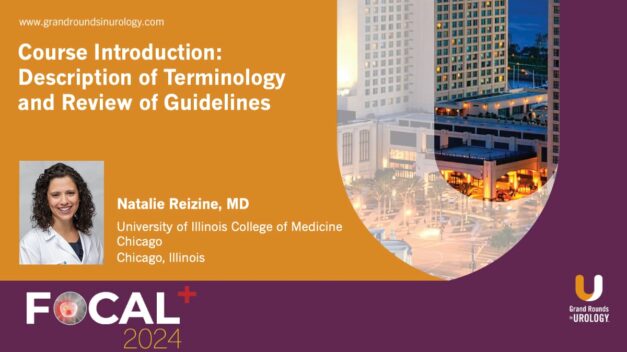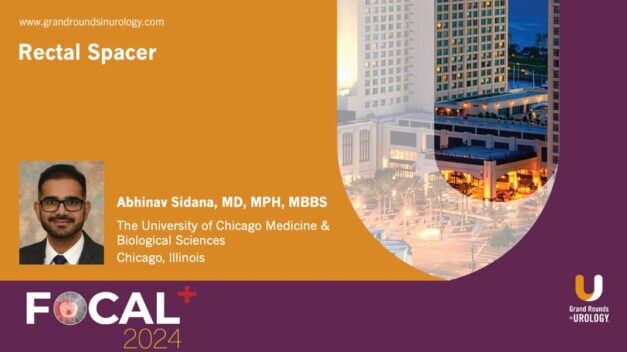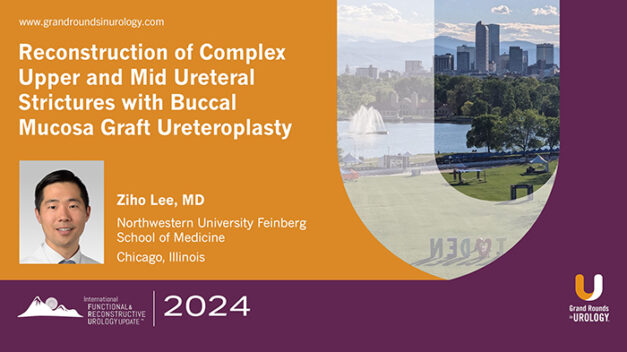Course Introduction: Description of Terminology and Review of Guidelines
Natalie Reizine, MD, delves into the current understanding, treatment options, and future directions for managing prostate cancer. In this 23-minute presentation, Dr. Reizine discusses disease progression, from localized stages to advanced and metastatic forms, emphasizing the evolving role of imaging technologies like PSMA PET scans in early detection and monitoring.
Dr. Reizine reviews the biology of prostate cancer, particularly its reliance on androgen receptor signaling, which forms the foundation for many therapeutic strategies. She highlights the importance of understanding disease-specific nuances, such as low versus high-volume metastases, to tailor treatment strategies.
Bone health in prostate cancer is emphasized, particularly for patients on long-term ADT. Similarly, dental care and endocrinology referrals are underscored as part of comprehensive management.
Dr. Reizine focuses on emerging therapies and personalized medicine approaches, with attention given to biomarkers like DNA damage repair mutations and new treatment modalities, including PARP inhibitors, radioligand therapies, and T-cell activating constructs. She underscores the need for improved predictive and prognostic biomarkers to effectively refine therapy selection and sequence treatments.
Read More




